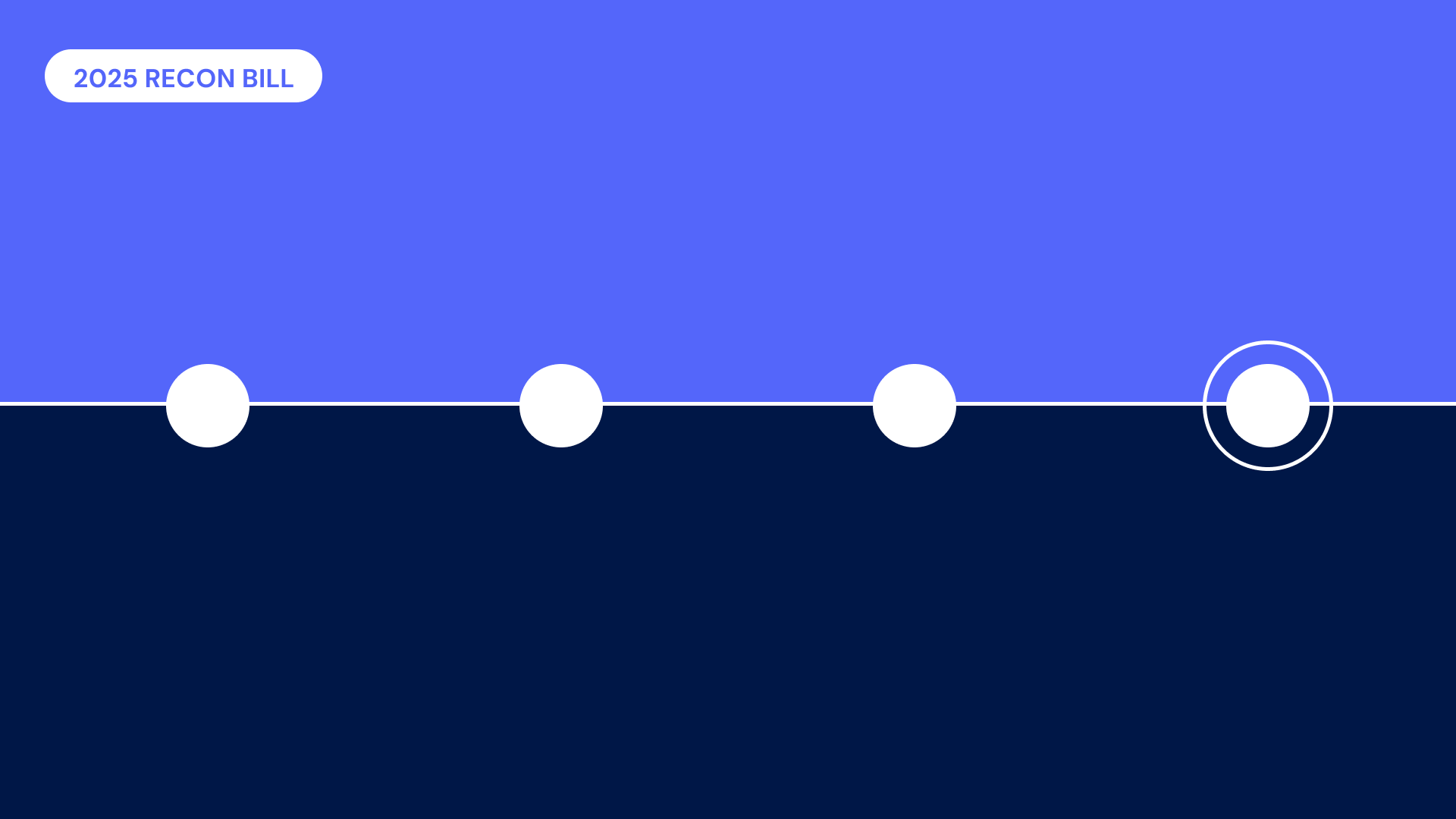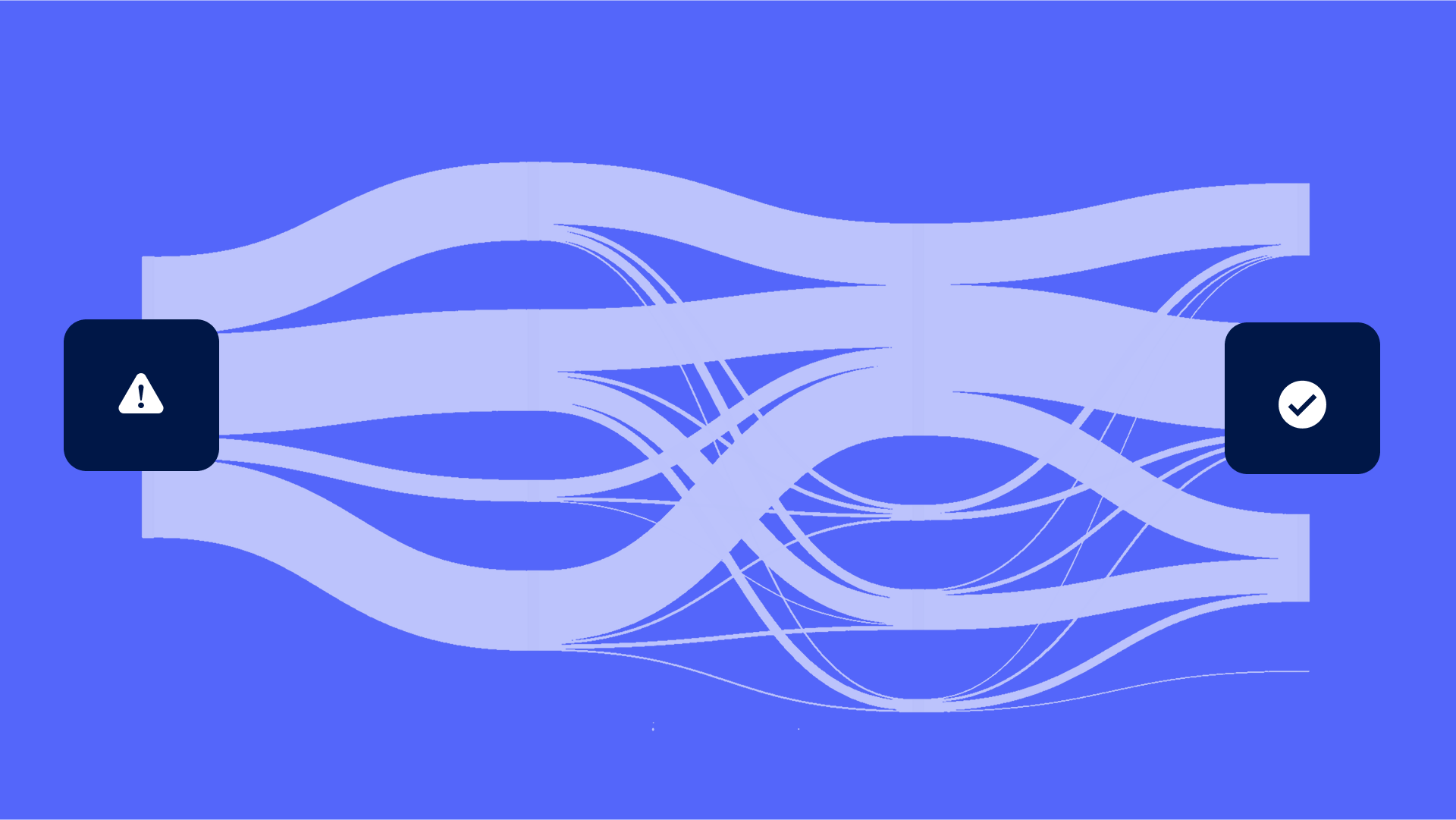Ever wonder why most consumers are compelled to use Google over Yahoo? Or drawn to keep clicking on Amazon? Because they have data scientists, designers and engineers who are constantly running experiments to gather data and optimize over time.
The most innovative companies run thousands of optimization programs each year. In 2020 alone, Google ran 600,000 optimization programs, resulting in 4,500 improvements to search. Meanwhile, Netflix saw 20-30 percent video viewing increases by using A/B testing to identify the best images to pair with their titles on the app homepage.
These days, the true test of a company’s innovation is how well it tests. As Amazon founder Jeff Bezos said, “Our success at Amazon is a function of how many experiments we do per year, per month, per week, per day.”
But it’s not just about taking “moon shots” in the dark and hoping for outsized returns. Many organizations are constantly testing small hypotheses to collect user feedback in real-time, and use these learnings to build strategies in the future. This results in a series of small optimizations over time that enable companies to get ever closer to delivering optimal experiences for consumers without taking big (and potentially costly) risks.
For revenue cycle managers looking to meet consumer demands, deliver more impactful patient experiences and improve financial engagement, testing and optimization are musts.
Let’s explore how one Cedar experiment led to meaningful change.
Initial communication timing matters (a lot)
Timing is everything, right? Especially when it comes to getting patients to engage with bills and resolve their financial liabilities.
At Cedar, we’ve learned that capturing the attention of patients during the first few days after a bill drops is critical. If patients don’t interact within 10 days, the probability of digital adoption decreases by 50 percent and payment by 18 percent. That means RCMs have to work harder to follow up with patients later in the billing cycle, or worse, run accounts through expensive vendors that quickly erode the return on cash collected, as well as the patient experience. It’s a lose-lose for all.
Given the steep drop off in patient engagement, we set out to understand when patients wanted to receive initial bill notifications from their healthcare providers. Our hypothesis was that by increasing the likelihood of patients engaging at those first touchpoints, we may see higher rates of self-service.
In turn, this would help mitigate downstream inefficiencies and free up business office representatives to focus efforts elsewhere, such as helping high-need patients resolve large balances.
Taking a page from the digital marketer’s playbook, we launched several testing and optimization programs to uncover the best time to initiate dunning communications. If you scan the timestamps on all the promotional emails you’ve gotten within the past day, you might notice that most were sent between 9-10 AM or 5-6 PM. That’s no coincidence. For years, marketers have been studying consumer behavior to identify the best moments to send communications and ensure the highest number of customers engage digitally.
So what’s the best time to send initial bill notifications? Here’s what we found out:
- Overwhelmingly, Wednesday and Thursday outperform, based on clickthrough rate (i.e., percentage of opened emails and texts clicked).
- Digging deeper, we see higher engagement when initial email and text communications are sent early in the morning, likely before patients leave for work or start their day. And this wasn’t always the case. In late 2019, we noticed that the optimal time of day shifted from being early evening to morning (see figure 1), which we attributed to a growing population of younger patients. By leveraging machine learning-based decision models, we were able to dynamically evolve our engagement strategy in real-time to accommodate the needs of this cohort.
This is an excerpt from our e-book: Test, Optimize & Repeat: How Revenue Cycle Managers Can Efficiently Drive Next-Level Patient Engagement Through Focused Testing and Optimization. Click here to read the full e-book for free (no download required).



